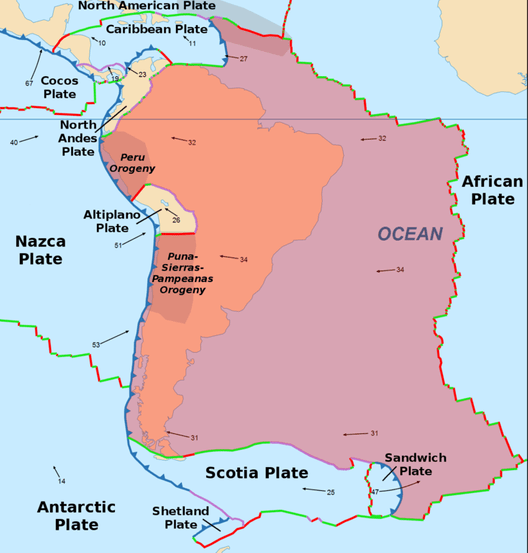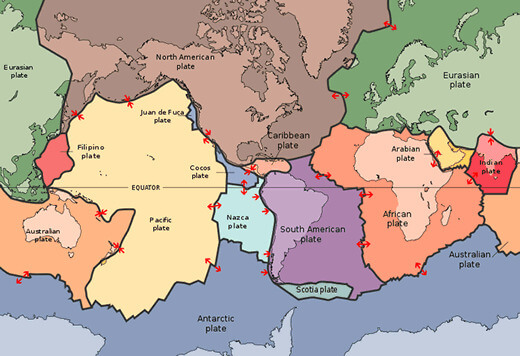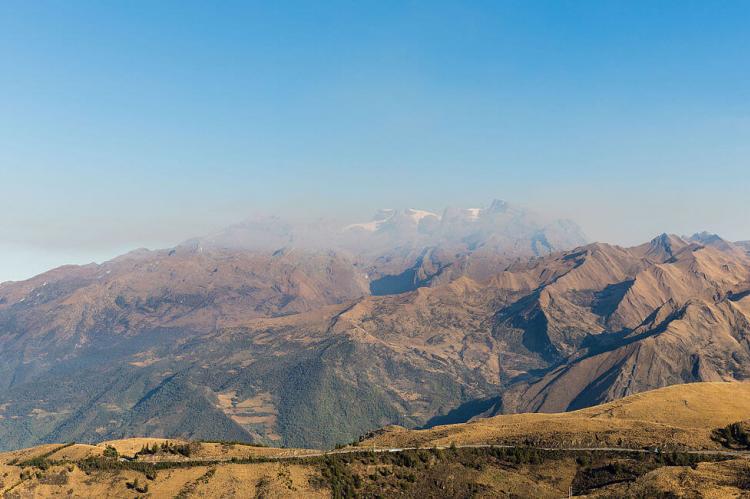The South American Plate: Dynamics and Geological Significance
The South American Plate, despite being the smallest among major tectonic plates, plays a central role in shaping the geology of the continent and the ocean seabed. Delving into the plate's characteristics, movements, and interactions provides insights into its role in plate tectonics.
The South American Plate
Dynamics and Geological Significance
The South American Plate, despite being the smallest among major tectonic plates at approximately 43,600,000 square kilometers (16,800,000 square miles), plays a central role in shaping the geology of the continent and the Atlantic Ocean seabed. Delving into the plate's characteristics, movements, and interactions provides insights into its pivotal role in the dynamic world of plate tectonics.
Plate Tectonics and Boundaries
The theory of plate tectonics underscores the movement of Earth's outer crust, divided into plates that interact over the molten upper mantle. The South American Plate, a primary tectonic plate, converges and diverges with neighboring plates.
Northern and Southern Plate Boundaries
The northern edge of the South American Plate interfaces with the Caribbean Plate and the North American Plate's oceanic crust. It forms a complex boundary in the south with the Antarctic Plate, Scotia Plate, and South Sandwich Plate. This intricate web of interactions contributes to the tectonic complexity of the region.
Divergence and the Mid-Atlantic Ridge
Extending eastward towards the African Plate, the South American Plate undergoes divergence, pulling away from the African Plate. This diverging plate boundary forms the southern segment of the Mid-Atlantic Ridge, hosting some of the planet's youngest oceanic crust and constituting the most extensive mountain range globally.

Map depicting the South American plate boundaries.
Convergence and Subduction Zones
The South American Plate converges with the subducting Nazca Plate on its western edge. This eastward-moving and denser Nazca Plate subducts under the west edge of the plate along the Pacific coast, creating the most extended convergent boundary on Earth. The collision of these plates is responsible for the massive Andes Mountains, adorned with over 200 potentially active volcanoes.
Chile Triple Junction and Subduction Zones
At the Chile Triple Junction, near the west coast of the Taitao-Tres Montes Peninsula, the Chile Rise actively subducts under the South American Plate. This subduction zone generates frequent large earthquakes, contributing to the tectonic activity of the region.
Conclusion
The South American Plate, despite its relatively modest size, plays a pivotal role in the intricate dance of Earth's tectonic plates. Its convergence and divergence with neighboring plates, subduction zones, and the formation of the Andes Mountains underscore its geological significance. Understanding the dynamics of this tectonic plate provides valuable insights into the broader processes shaping the Earth's surface.

Map depicting the major tectonic plates of the world.
